2014 Review of the Year, Part III: Terrestrial Mammals
Mammals are typically the most elusive creatures on our tours. Nevertheless, we recorded an impressive 30 species of terrestrial mammal on tours this year, giving clients some fantastic close-up views of a group of animals which can be hard to observe. We also took a close look at tracks and signs where possible to give a more complete account of each species. This was perhaps most enjoyable when we tracked Otters, looking at spraint, prints and prey remains. Otters on the River Hull gave great views in February, before activity levels really peaked in the beautiful streams to the south of the North York Moors.
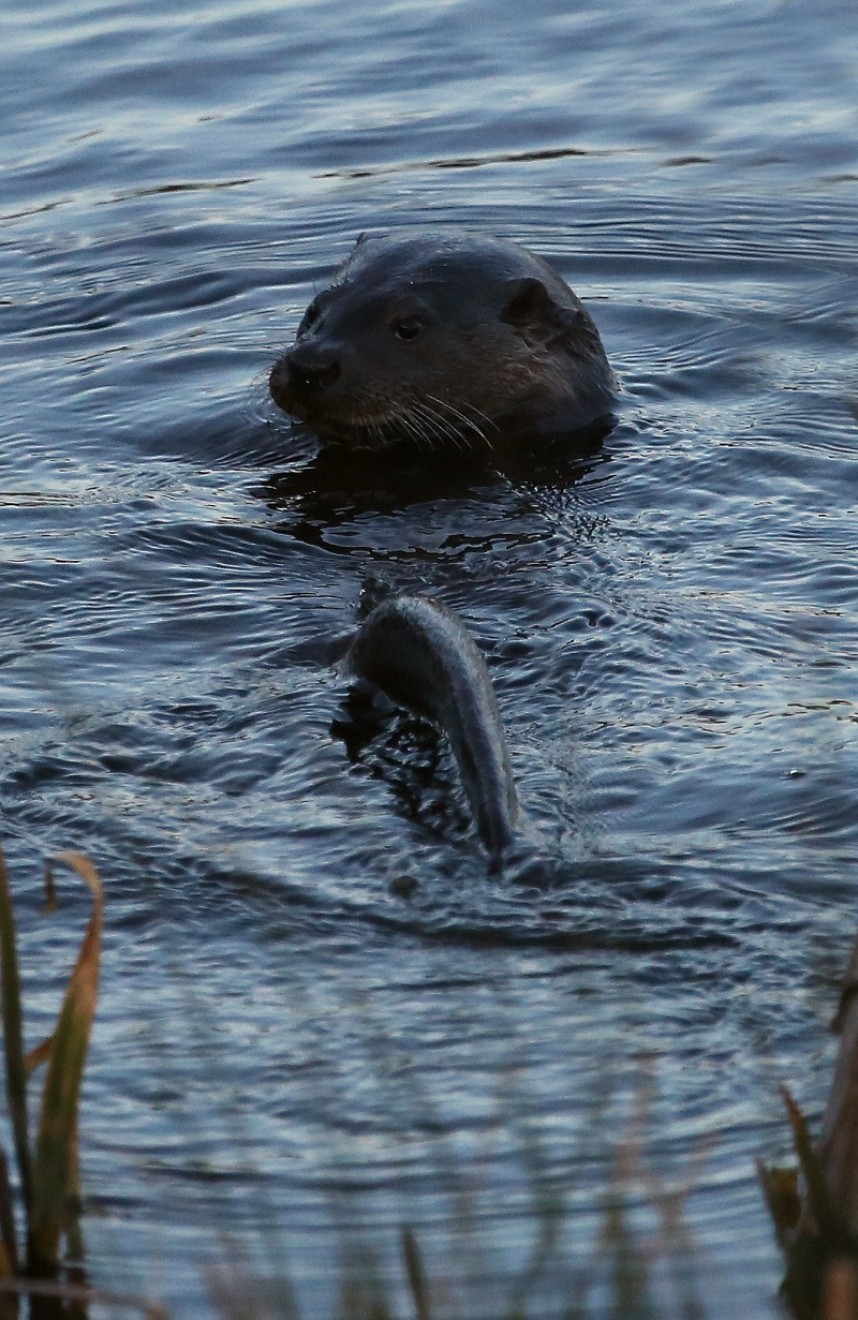
Otter in a Yorkshire River © Dan Lombard
We also had the opportunity to view close relatives of the Otter such as Weasel, Stoat and Badger. The former two species frequently ran out along tracks on our tours, and in the case of one Weasel we managed to "squeek" it out, allowing close views of an amazingly inquisitive little mammal! Badgers were often see as we looked for Nightjars and bats, sometimes allowing close views from the car. Specific Badger-watching opportunities with YCN will be available to clients in 2015. We also regularly encounter Red Foxes on our tours, especially during winter, when a healthy-looking individual gave close prolonged views at Hornsea.
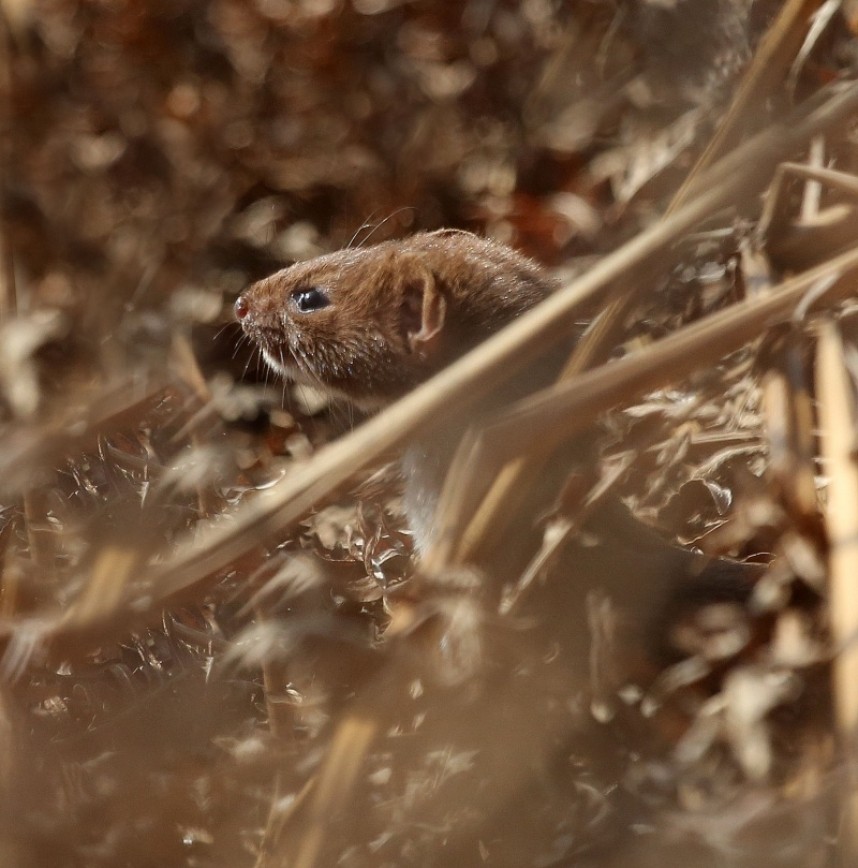
Weasel © Dan Lombard
Nine of the 32 species recorded were bats, which we observed primarily whilst watching Nightjars and on specific bat walks in both North and East Yorkshire. We recorded Common Pipistrelle, Soprano Pipistrelle, Nathusius Pipistrelle, Noctule, Whiskered Bat, Brandt's Bat, Daubenton's Bat, Natterer's Bat and Brown Long-eared Bat. We had some fantastic views of these secretive animals foraging in a wide variety of habitats, with perhaps the fast low flight of the Daubenton's Bat skimming over the water's surface being a particular favourite with clients. Another firm favourite was the large, Swift-sized Noctule, eating flying beetles above the tree canopy. Opportunities to view bats will also be provided in 2015.
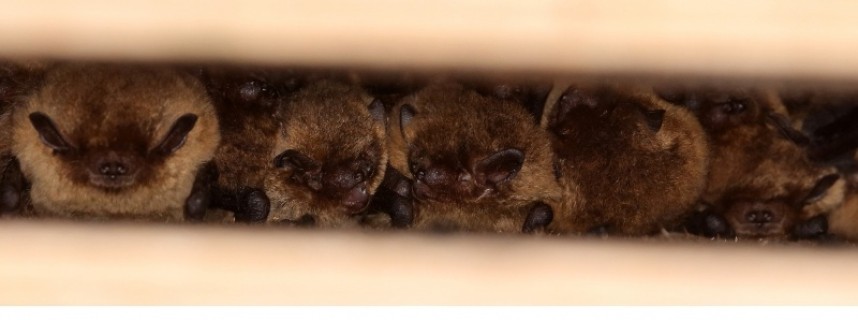
Soprano Pipistrelle © Dan Lombard
Common Shrew, Pygmy Shrew, Water Shrew, Mole and Hedgehog were all recorded in 2014. Particular favourites were the Pygmy Shrew and Mole, since both can be very hard to observe. Pygmy Shrew was recorded at a number of sites owing to its widespread status. It is amazing that this mammal survives the winter without hibernating, as it can weigh as little as 2.4 grams and have a body length as small as 4 cm in length. A close-up view of a Mole allowed clients to see just how well equipped this smooth-furred, strong little creature is at digging. Our biggest surprise of the season, however, was finding a small and previously unknown colony of Water Shrews at RSPB Bempton Cliffs.
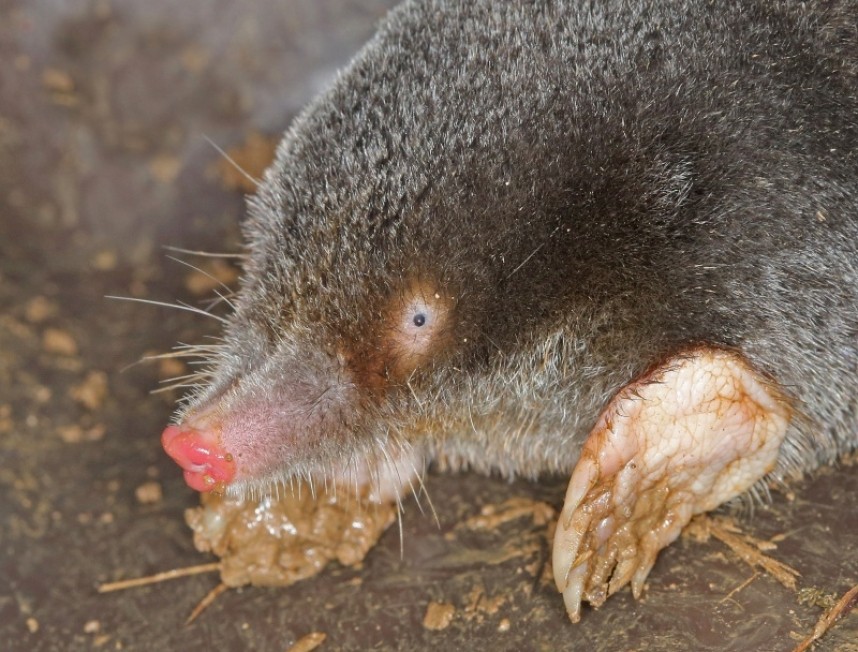
Mole © Dan Lombard
A warm, moderately dry summer meant that rodents had a particularly good breeding season in 2014. Field Vole in particular boomed this year, reflected in the breeding success of local Kestrels, Barn Owls and Weasels. A total of seven rodent species were recorded this year, either through live bycatch of amphibian and reptile traps, or incidental observations. These were Harvest Mouse, House Mouse, Wood Mouse, Brown Rat, Water Vole, Bank Vole and Field Vole.
Richard and Gaynor had particularly good views of a Harvest Mouse on the cliffs at Flamborough, a local stronghold for the species. Our resident two lagomorphs, Rabbit and Brown Hare, were ever-present on tours, with clients getting stunning views of boxing Hares on the Yorkshire Wolds early in the season. Roe Deer were recorded on virtually every tour this year and interestingly we also noted Muntjac Deer near Beverly, a species which is progressively spreading into the region.
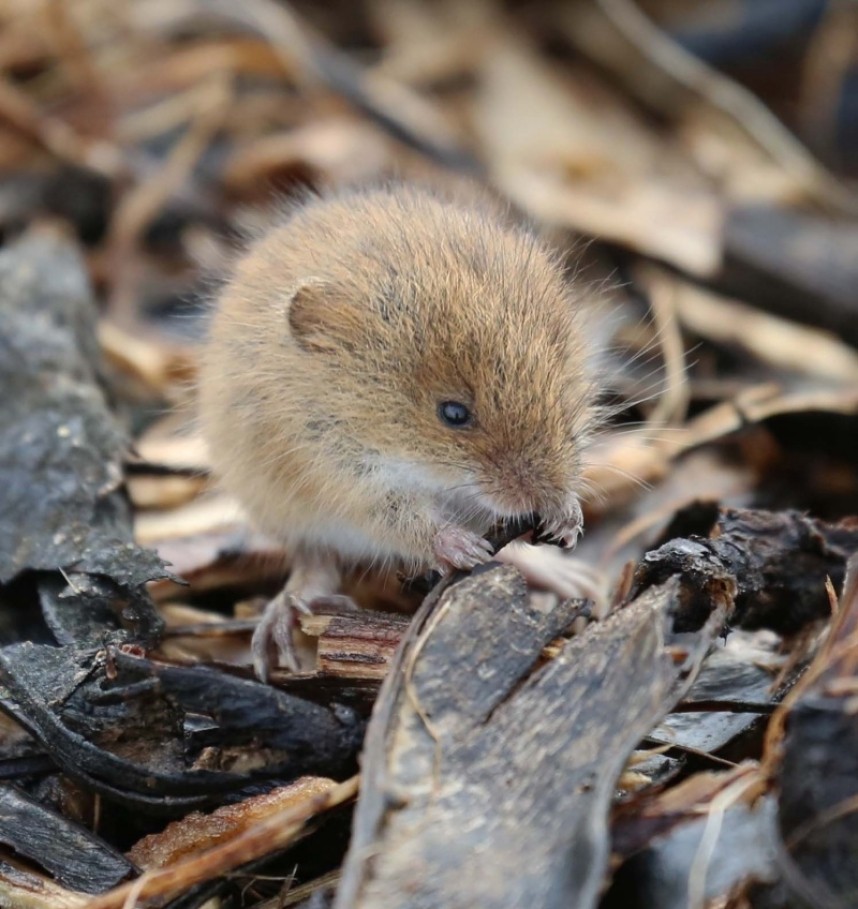
Harvest Mouse © Richard Baines



 Back to Blog
Back to Blog
